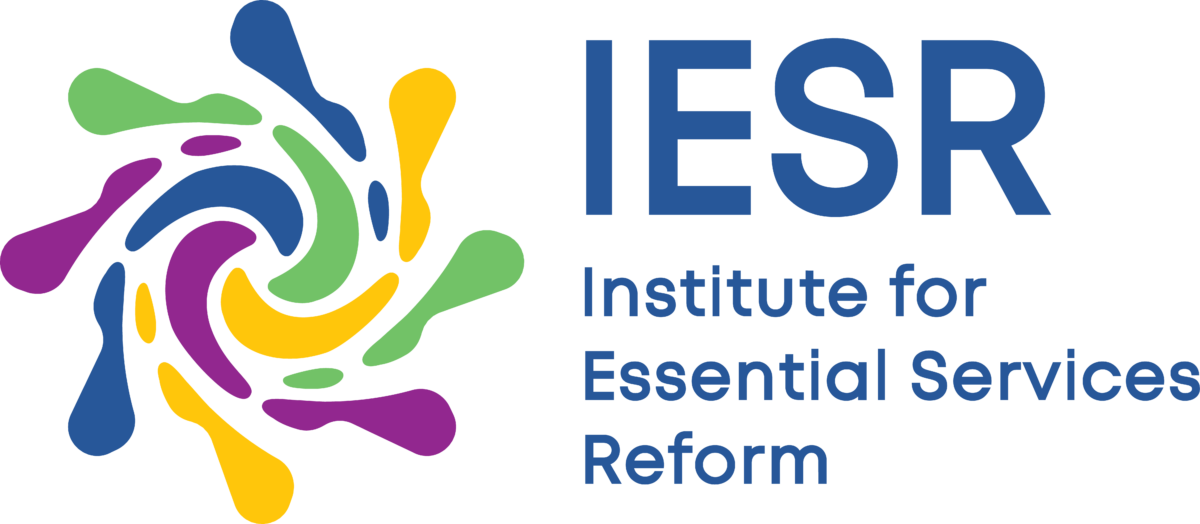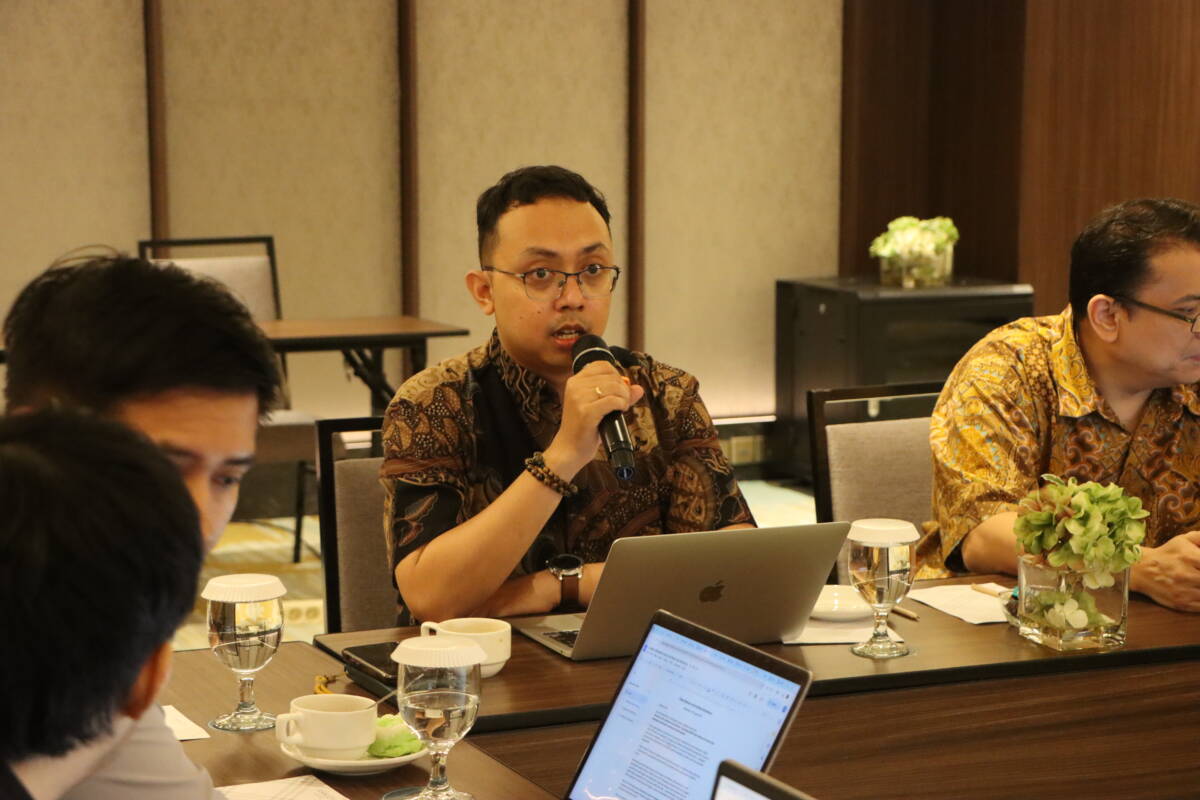Jakarta, August 20, 2025 – Southeast Asia now faces the dual challenge of maintaining high economic growth while responding to the increasingly visible impacts of climate change. Energy demand in the region is increasing by an average of 3–4 percent per year, according to data from the International Energy Agency (IEA), while millions of people remain below the poverty line. This situation places ASEAN at a crucial point in ensuring sustainable development without sacrificing the environment. With the ASEAN Community Vision 2045, which incorporates elements of energy security, climate change, and the economy, member states are committed to making ASEAN a resilient, competitive, and sustainable region. This was stated by Arief Rosadi, Program Manager for Climate and Energy Diplomacy, Institute for Essential Services Reform (IESR), during a workshop titled “ASEAN Vision 2045 and the Role of the Diplomatic Community,” held on Wednesday (August 20, 2025).
“The launch of the ASEAN 2045: Our Shared Future document at the 2025 ASEAN Summit provides space to accelerate climate mitigation action at the regional level. This vision reinforces the political message that energy transition and green economy issues are top priorities. The ASEAN leadership transition demonstrates consistency, with Indonesia emphasizing energy as the “epicenter of growth” in 2023, Laos emphasizing “connectivity and resilience” in 2024, and Malaysia emphasizing “inclusivity and sustainability” in 2025. However, the gap between vision and implementation remains clear,” Arief emphasized.
Arief highlighted the main challenge of translating the long-term ASEAN 2045 vision into a concrete agenda. The annual rotation of ASEAN leadership risks diminishing the sustainability of certain issues. Therefore, he believes the role of the diplomatic community is crucial, particularly through annual forums such as the ASEAN Ministers on Energy Meeting (AMEM) and the ASEAN Summit, which can serve as strategic platforms to maintain consistency on decarbonization and energy transition issues.
“Unfortunately, current trends indicate that the diplomatic community’s role on climate issues tends to be passive or less visible. However, diplomacy can be a bridge to unite member states’ interests and strengthen a shared agenda. This meeting is expected to explore the ideal role of the diplomatic community in promoting the implementation of ASEAN Vision 2045, ensuring that it does not stop at the discourse level,” said Arief.
Reflecting on this situation, the IESR proposed two roles that the diplomatic community, particularly the Ministry of Foreign Affairs (MOFA), can play. First, the diplomatic community acts as a gatekeeper, given that the ASEAN Ministry of Foreign Affairs (MOFA) holds a strategic position in influencing the regional agenda. They act as gatekeepers, ensuring that the climate change and energy transition agenda remains a key element in the annual ASEAN leadership and proposing it to the next ASEAN leadership. Second, the diplomatic community acts as a bridge, given that ASEAN has a complex and abundant set of policies and infrastructure. The diplomatic community can act as a bridge to synchronize, align, and accelerate the implementation of sectoral elements so that they can be better implemented in comprehensive planning.
Meanwhile, Arisman, Executive Director of the Center for Southeast Asian Studies (CSEAS) Indonesia, stated that there are four main challenges in pursuing an energy transition in ASEAN: the need for critical minerals, massive infrastructure requirements, an approach that is not yet fully people-centered, and the need for cross-sector partnerships (triple helix: government, industry, and academia). Furthermore, every transition inevitably incurs costs and changes in the job structure. Some sectors will be lost, but new opportunities, such as green jobs, will also emerge.
“ASEAN itself still faces the challenge of capacity diversity among countries. Singapore differs significantly from Laos or Myanmar in energy capabilities. However, there has been progress in coordination mechanisms within ASEAN, which are now more responsive. This is where intergovernmental diplomacy plays a crucial role. The issue of energy transition cannot be left solely at the national level; it must be consistently maintained within the ASEAN regional agenda,” Arisman said.

